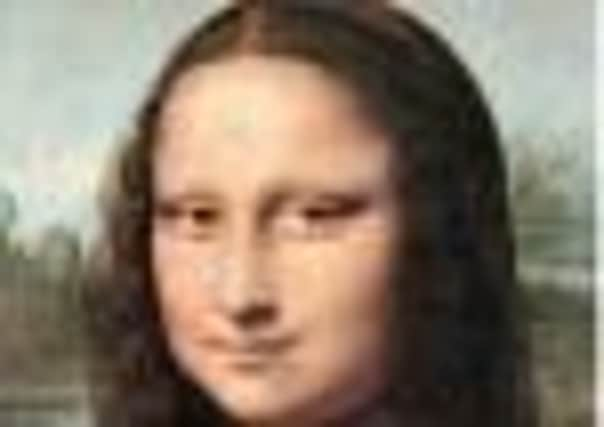Ian McMillan: On face value, I’m hardly a portrait of perfection


People who know me will know that I never sit still for very long (unless Casualty’s on, of course) but here I am, rigid. The trouble is, I feel that in a minute I’m going to explode into giggles at the absurdity of the situation, and I’m trying to concentrate on anti-chortle thoughts.
And I’m regretting those multiple cups of tea I had earlier because I’ve got a funny feeling that at some point in the not too distant future I’m going to have to go and make myself a little more comfortable, if you get my drift.
Advertisement
Hide AdAdvertisement
Hide AdGraham the Artist looks across at me and laughs. “You can move, you know!” he says. “You don’t have to sit as still as that!” I laugh too, as though I’d known that all along, and I exhale, cough, stretch and make my excuses to visit the toilet all in a few seconds.
As you may have guessed, I’m having my portrait painted, and it’s an odd and intriguing experience that everybody should go through at least once. When I was younger, portraits were always those forbidding pictures you saw staring down at you from the walls of the stately houses you visited with school.
Posh people in what looked at first glance like fancy dress gazed with ill-concealed boredom at the throngs of junior-school kids drawing them from below, and this put the idea into your head that portraits weren’t for those people we called “us”; portraits were for “them”, whoever they were. The ones who lived in stately homes, for a start. Then, as I grew up and visited more galleries, I realised that the portrait wasn’t simply the territory of the rich, the ones who could afford to commission a vast version of themselves to hang on that bit of spare wall between the under-chamber and the over-chamber; it was a form of art that could be available to everybody.
I saw portraits of miners and dockers, of so-called ordinary people whose extraordinary lives were captured by the artists who’d committed them to canvas. Somehow just being placed on a gallery wall gave you a kind of dignity, a kind of majesty because somebody had taken the time to try and represent you to the world.
Advertisement
Hide AdAdvertisement
Hide AdSo when an artist called Graham contacted me from Birmingham and said he was doing a series of portraits of poets, and did I want to be involved, I jumped at this chance of fame and immortality. “Who’s that man above the mantlepiece of this stately home, mummy?” “Why, it’s Ian McMillan. He’s forgotten now, but he used to known as the Bard of Bingley. I think it was Bingley. Let’s go to the gift shop.”
I replied to Graham almost too quickly with a resounding Yes, and so here I am, sitting upstairs at the wonderful Darfield Museum, and Graham is staring at me thoughtfully and applying dabs of paint to canvas. Very small dabs. Almost dab-ettes.
Now, because I’m in public quite a lot, I don’t mind people staring at me, in fact I regard a day as a failure if I’ve not been stared at at least twice. But this is a different kind of staring. It’s intense, intimate, thoughtful, artistic. Graham’s looking at my face and working out how to make a representation of it. I’m becoming acutely aware of the imperfections of my face.
One of my ears is further down than the other, so my glasses are at a slight angle. My eyebrows are sprouting like the tentacles of an octopus waving through the seaweed at the entrance to an underwater cave. There’s a big red spot, like the one that covers much of the surface of Jupiter, on the end of my nose. My mouth drags to one side. I didn’t have a great shave this morning, so there are tufts of bristles all over my cheeks and chin, like little bushes in a desert. Put it this way: I’m not George Clooney.
Advertisement
Hide AdAdvertisement
Hide Ad“How’s it going?” I ask, a little too casually, the tension in my voice making it crack. “It’s hard to…” Graham says, and he leaves the sentence hanging in the air. Come on, Graham: hard to what? Hard to get my eyebrows at just the right level of topiary? Hard to find a colour that does justice to the spot? Hard to get enough details on the bristles?
“It’s hard to get the texture of your jumper,” he says. Phew. Wait till he gets to the spot. And the ears. And the downward curve of the mouth. I’ll try for an enigmatic smile, like Mona Lisa.
“Shall we go for a break?” He says. “I think your face is getting tired.”
Still, only three more sittings to go…